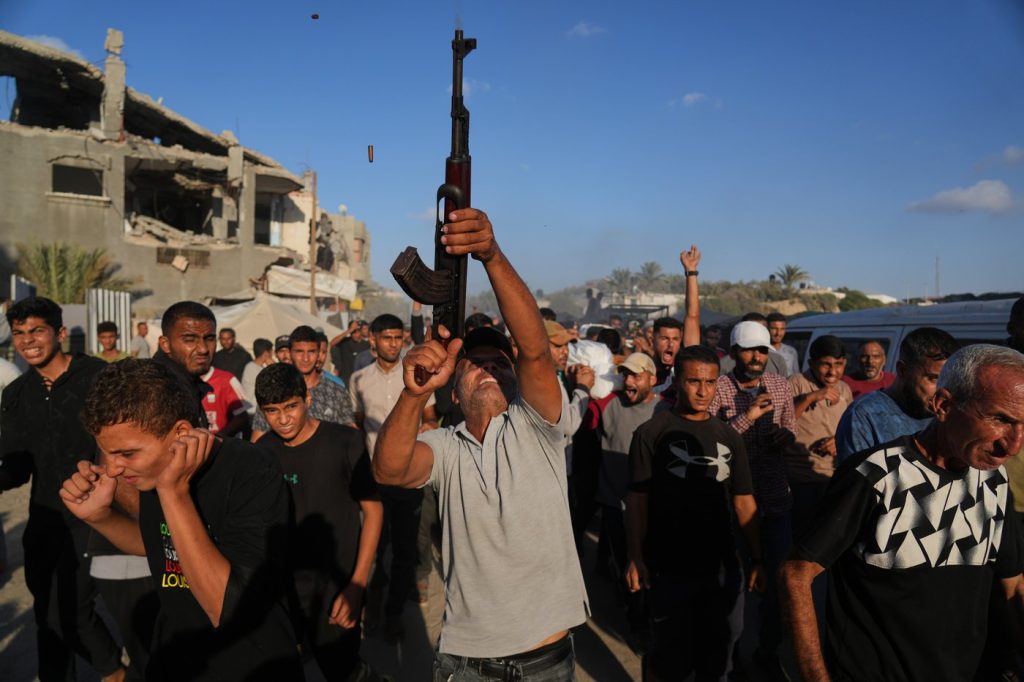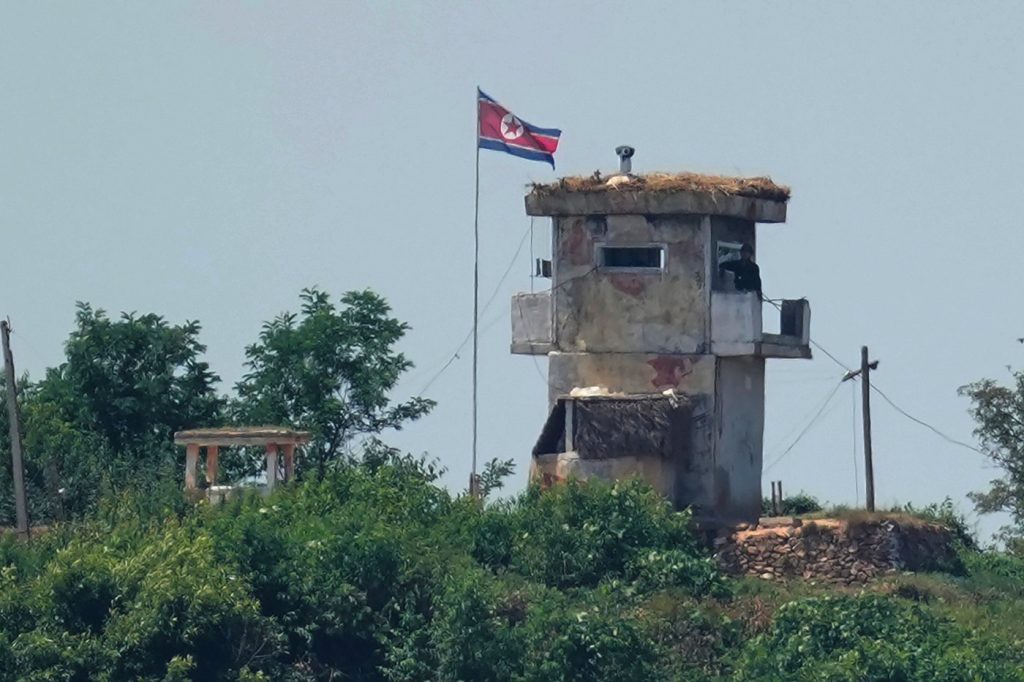ABOARD AIR FORCE ONE - President Donald Trump stated on Sunday that the Donbas region of Ukraine should be "cut up," primarily remaining in Russian control, to bring an end to a war that has persisted for nearly four years. Speaking to reporters during his flight, Trump indicated that the current division of the region could serve as a basis for a peace agreement, suggesting both sides cease hostilities and "go home."
Trump’s comments came in the aftermath of Ukrainian drone strikes targeting a significant gas processing facility in southern Russia. This attack ignited a fire at the Orenburg plant, operated by the state-run gas agency Gazprom, disrupting its operations and forcing the plant to suspend gas intake from Kazakhstan. The facility is one of the largest of its kind worldwide, with a processing capacity of 45 billion cubic meters annually.
The regional governor, Yevgeny Solntsev, reported that the drone strikes resulted in damage to a workshop at the plant. Following this emergency situation, Kazakh authorities confirmed the plant’s inability to process Kazakhstan-origin gas. Ukraine's military reported a significant explosion at the Orenburg facility, damaging crucial processing units. Kyiv has intensified its assaults on Russian energy facilities, linking them to the financing and support of Moscow's military initiatives.
During a recent Fox News interview, Trump suggested that Ukraine might need to surrender some of its territory for a lasting peace while emphasizing that it would be a challenge for both sides to negotiate the details of territorial exchange. Trump remarked, "Well, he's going to take something," referring to Russian President Vladimir Putin’s territorial gains during the conflict. He urged that any negotiations must acknowledge the current realities of the conflict, where territory has already been captured.
Despite his acknowledgment of the territorial losses, Trump has shown a nuanced approach recently, expressing frustration with Putin and a willingness to support Ukraine in its military efforts. However, he refrained from promising advanced military support like Tomahawk missiles following a meeting with Ukrainian President Volodymyr Zelenskyy, which would enable Ukraine to strike deeper into Russia.
Furthermore, Ukrainian prosecutors reported that Russian forces have begun modifying aerial-guided bombs for more lethal strikes against civilians within Ukraine. In a recent attack on the city of Lozava, Russians utilized a newly identified rocket-powered aerial bomb that can travel up to 130 kilometers, marking a worrying escalation in their military capacity.
Ukrainian officials reported multiple strikes across the Dnipropetrovsk region, resulting in injuries to at least 11 individuals and damage to several residential structures. Simultaneously, a drone strike also hit Russia's Novokuibyshevsk oil refinery, which resulted in a fire and damage to its main refining units, although Russian authorities have not confirmed these reports.
As the conflict continues, the military engagements remain fierce, with both sides reporting drone attacks. Russia claimed its air defenses intercepted numerous Ukrainian drones overnight, while Ukraine's air force reported downing a considerable proportion of the drones launched into their territory.
In summary, the situation in Ukraine remains dynamic, with continuing military operations and contentious political negotiations as both sides grapple with the implications of shifting territorial control and ongoing violence.












